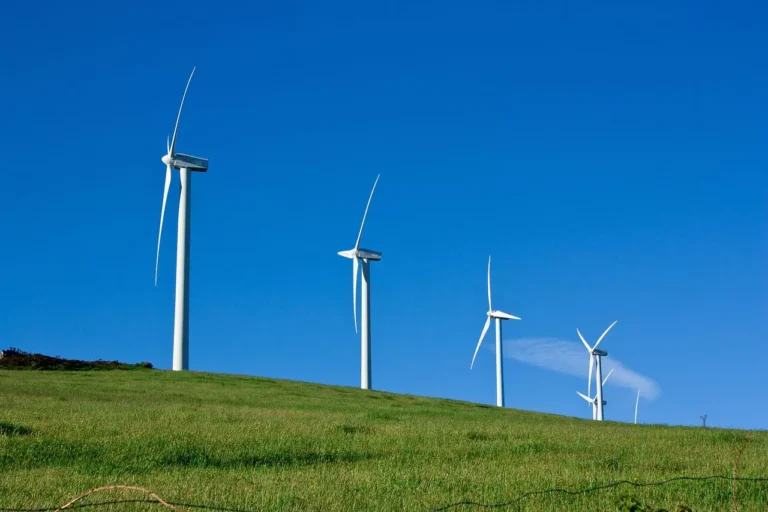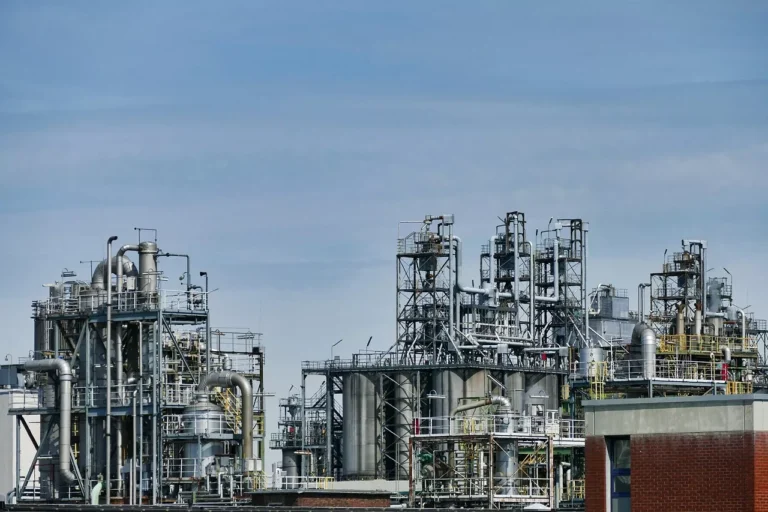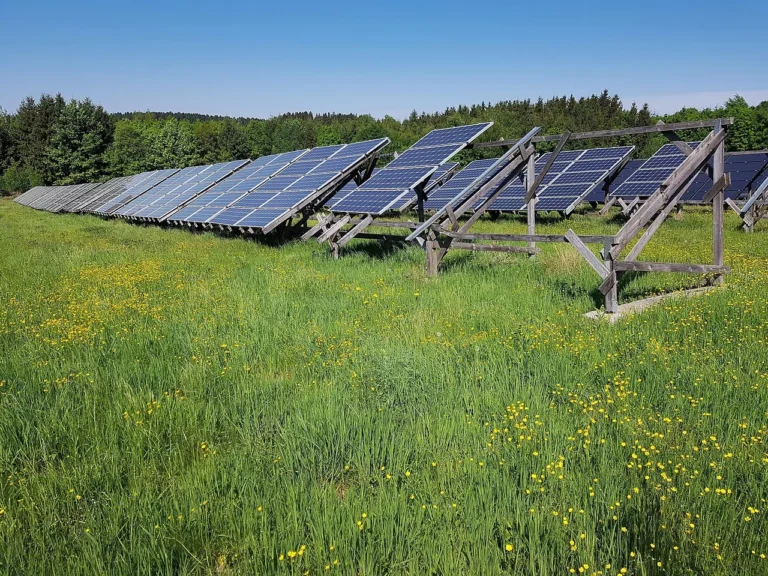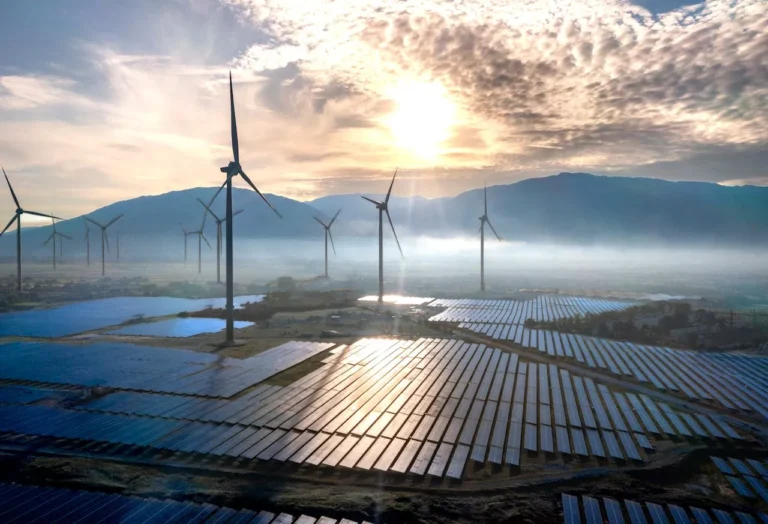
Global Liquefied Natural Gas (LNG) Market Report 2025: Industry Growth, Trends, and Future Projections
The global market for Liquefied Natural Gas (LNG) has been witnessing significant growth, driven by the increasing demand for cleaner energy alternatives and advancements in LNG technology. In 2023, the market was valued at approximately $129.8 billion and is projected to reach $255.2 billion by 2030, reflecting a compound annual growth rate (CAGR) of 10.1%. This report provides an extensive analysis of market trends, key drivers, challenges, and forecasts that will shape the industry in the coming years.
Market Growth Drivers Several factors are contributing to the rapid expansion of the LNG market, including:
- Energy Transition Towards Cleaner Fuels: Governments worldwide are prioritizing carbon emission reductions, leading to a decline in coal and oil usage and an increasing reliance on LNG as a transitional fuel.
- Technological Innovations: Advances in liquefaction, floating LNG (FLNG) platforms, and automation are improving efficiency and reducing methane emissions, making LNG production more sustainable.
- Geopolitical and Trade Dynamics: Energy security concerns and diversification of supply sources are prompting nations to expand their LNG trade agreements, creating opportunities for major exporters like the U.S., Qatar, and Australia.
- Expansion of LNG Infrastructure: Significant investments in liquefaction plants, storage facilities, and regasification terminals are enabling better distribution and accessibility of LNG.
- Industrial and Transportation Applications: The growing use of LNG in power generation, shipping, and heavy transport sectors is fueling market demand.
Regional Market Analysis
- United States: The U.S. LNG market was valued at $34.2 billion in 2023 and continues to expand due to increased export capacity and rising domestic demand.
- China: Expected to grow at a remarkable 16.1% CAGR, reaching $70.0 billion by 2030, driven by government policies favoring LNG as a key component of the country’s energy mix.
- Europe: Facing an energy security crisis, European countries are shifting from Russian gas supplies and increasing LNG imports.
- Asia-Pacific: Countries like Japan, South Korea, and India are ramping up LNG infrastructure development to support rising demand.
- Middle East & Africa: Qatar and other Gulf nations are investing heavily in LNG production and export capabilities to maintain their position as key global suppliers.

Technological Advancements in LNG Production Innovation plays a crucial role in shaping the LNG industry’s future. Some key technological trends include:
- Floating LNG (FLNG) platforms: These offshore units reduce the need for extensive onshore infrastructure and improve operational flexibility.
- Automation and Digitalization: AI-driven predictive maintenance, real-time monitoring, and advanced analytics enhance production efficiency and reduce operational costs.
- Cryogenic Storage and Transport Solutions: Improved insulation techniques help minimize energy loss during LNG transportation.
Impact of Geopolitical and Trade Factors The LNG market is highly sensitive to geopolitical developments and trade policies. Some key factors influencing market dynamics include:
- U.S.-China Trade Relations: Tariffs and trade agreements can impact LNG export flows.
- Europe’s Shift from Russian Gas: The ongoing energy crisis is accelerating the region’s LNG infrastructure investments.
- OPEC+ Influence: Policies from oil-producing nations may indirectly affect natural gas pricing trends.
- Emerging Markets: Growing energy demand in Africa and Southeast Asia is leading to new trade partnerships and supply chain expansions.
Key Market Segments
- Power Generation: Expected to reach $131.5 billion by 2030, this sector benefits from LNG’s reliability and lower emissions compared to coal.
- Transportation Fuel: The adoption of LNG-powered ships and heavy-duty vehicles is growing, driven by stricter emissions regulations.
- Industrial Use: LNG is gaining traction in manufacturing processes, particularly in steel, cement, and chemical production.
- Residential and Commercial Heating: Countries with limited domestic natural gas resources are increasingly relying on LNG imports.
Competitive Landscape Major industry players include:
- ANGOLA LNG MARKETING LTD
- Applied LNG
- Atlantic LNG
- Australia Pacific LNG Pty Limited
- BNG Fuel
- Cheniere Energy Inc
- Chiyoda International Corporation
- Clean Energy Fuels Australia
These companies are focusing on expanding production capacities, enhancing LNG supply chains, and developing innovative solutions to maintain a competitive edge.
Market Challenges and Risks Despite its growth potential, the LNG market faces several challenges:
- Price Volatility: Fluctuations in global gas prices can impact investment decisions and trade agreements.
- Environmental Concerns: Although LNG is cleaner than coal, methane emissions and carbon footprints remain issues that need addressing.
- Infrastructure Development Costs: High initial investment requirements can be a barrier for new market entrants.
- Regulatory Uncertainty: Policy changes and government interventions can impact long-term growth prospects.
Future Outlook The LNG industry is poised for continued expansion as the world transitions to more sustainable energy solutions. Key trends to watch include:
- Growth in Small-Scale LNG (SSLNG) Operations: These projects will increase accessibility in remote and off-grid locations.
- Hydrogen and LNG Integration: The rise of green hydrogen production may complement LNG’s role in the energy mix.
- Decarbonization Strategies: Companies are investing in carbon capture and storage (CCS) technologies to minimize LNG’s environmental impact.










